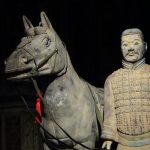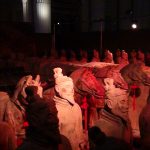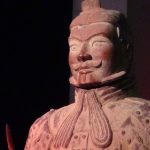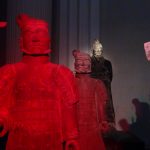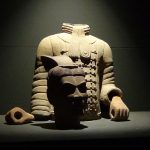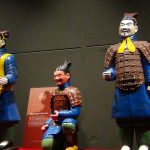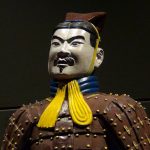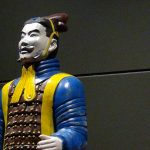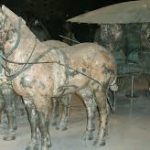FROM CHINA TO ARRIVAL IN NAPLES THE TERRACOTTA EXERCISES
Enter a church and find yourself in China for two thousand and 200 years ago. Reproductions of 170 terracotta army soldiers, the famous statuary group found in the Xi’An region, are exhibited in the Holy Spirit’s Basilica in Toledo Street for the international exhibition “The Terracotta Army and the First Emperor of China” . The imposing nineteenth-century church avenues seem to be the perfect location for warriors symbolically guarding the mausoleum of Chinese emperor Qin Shi Huangdi. In addition to the statues, there are reproductions of weapons, armor, war wars, pottery and objects of China’s ancient daily life. Items made from the only existing castings, the fruit of the work and the attentive finishes of Chinese craftsmen from the Xi’An region who carry on the great tradition of Oriental art. But the audience can also dive into a real voyage to China by 2,200 years ago through large video projections, audioguides and interactive areas that tell the story of the necropolis and the First Emperor, its army, military achievements, the process the creation of the Terracotta Army, the tomb of the Emperor and archaeological excavations, surrounded by fascinating light and audiovisual suggestions. The exhibition will be open until January 28th.
The Terracotta Army is one of the greatest archaeological discoveries of our century and since 1987 has been included in the UNESCO World Heritage List. It was former French President Jacques Chirac to recognize, in 1987, the Terracotta Army as the Eighth Wonder of the World. The Terracotta Army is a collection of statues symbolically guarded by the mausoleum of the first Chinese Emperor Qin Shi Huangdi (260 BC – 210 BC) and destined to serve him in the afterlife. The emperor wanted his trusted army to protect him even after his death and ordered the exact reproduction of all his members, with whom he completed his mission of unifying China at the time.





